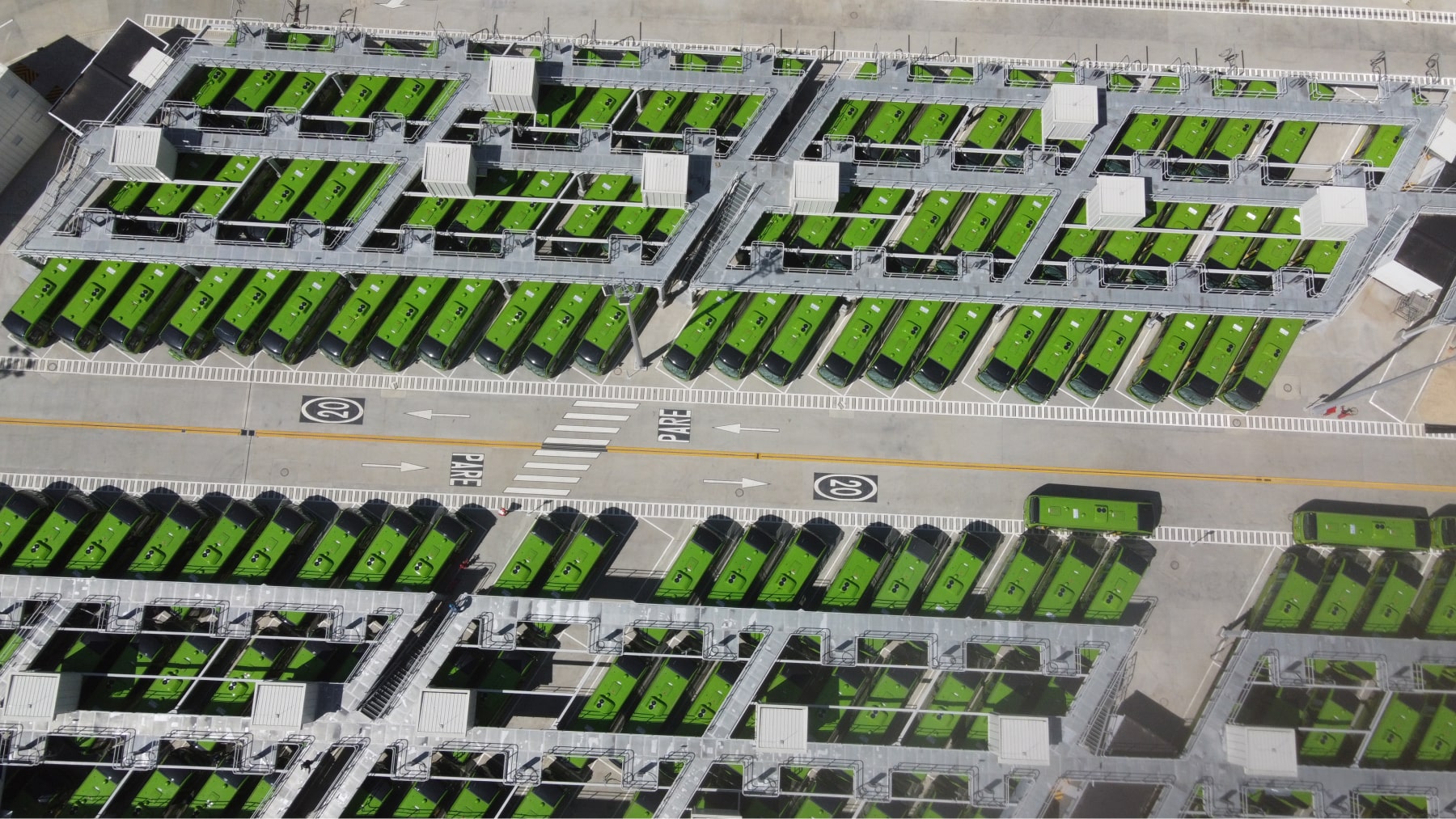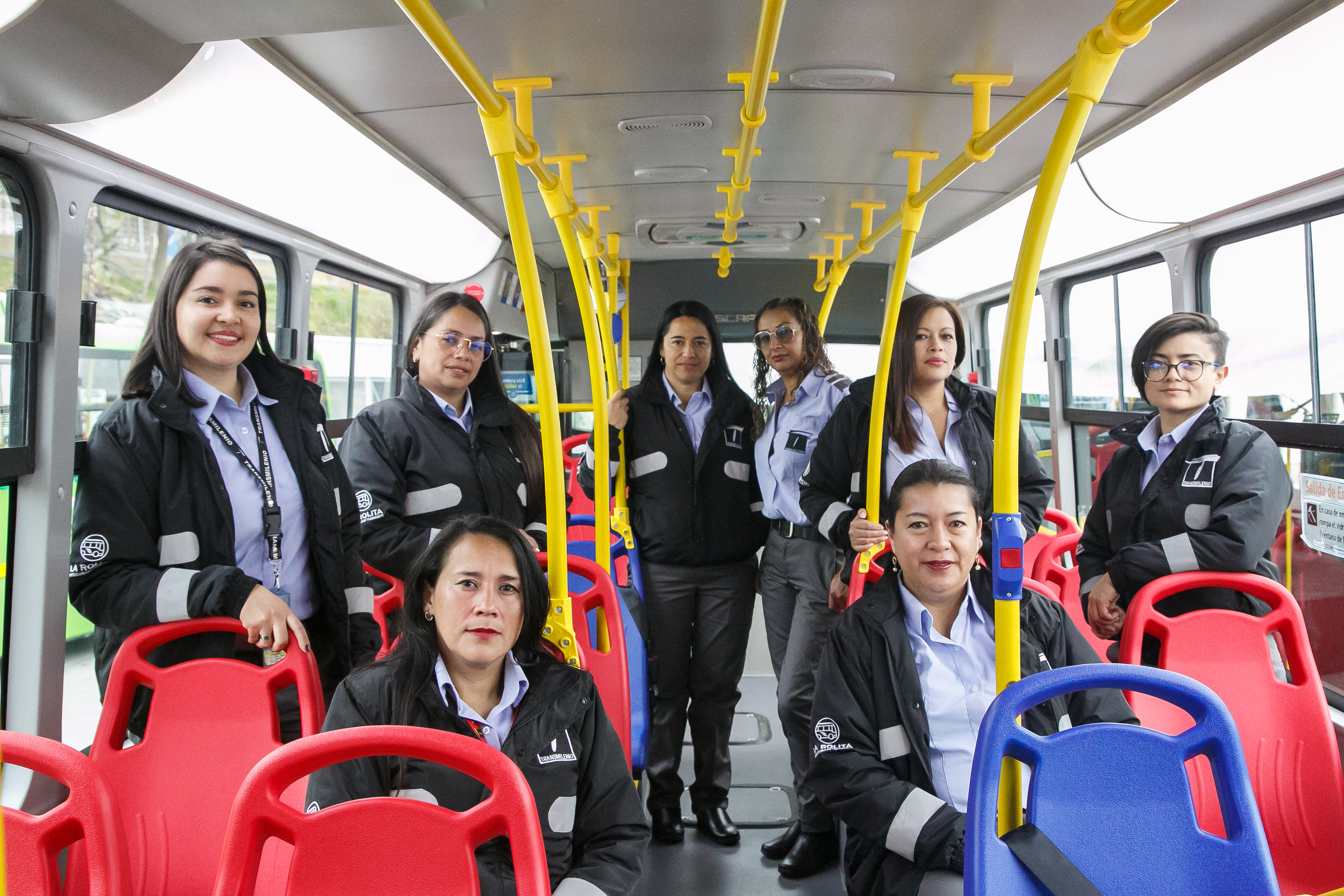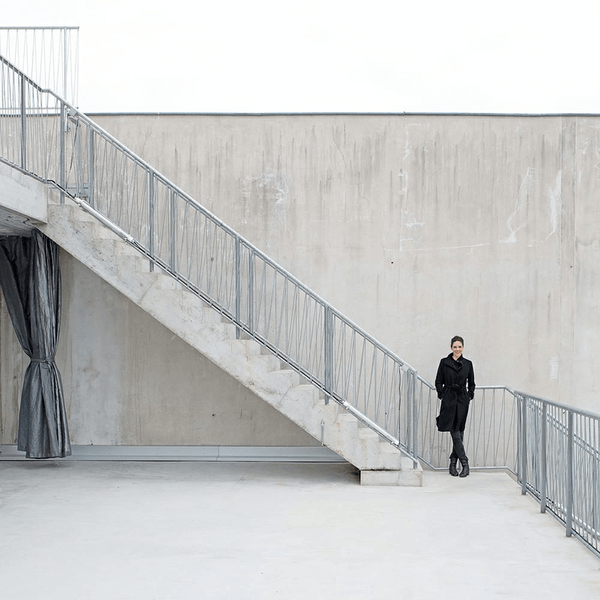 - © Operadora Distrital de Transporte La Rolita
- © Operadora Distrital de Transporte La Rolita - © Operadora Distrital de Transporte La Rolita
- © Operadora Distrital de Transporte La Rolita - © Operadora Distrital de Transporte La Rolita
- © Operadora Distrital de Transporte La Rolita - © Operadora Distrital de Transporte La Rolita
- © Operadora Distrital de Transporte La Rolita
City
Bogotá
Main actors
Local Government, City Government
Project area
Neighborhood or district
Duration
Ongoing since 2021
The main objective of the project is to provide high-quality public transportation in an area of the city that private companies were hesitant to serve. As the project progressed, it adopted a sustainable approach that encompassed environmental, social and financial aspects. Environmentally, the project recognized the potential of using electric buses. Socially, it aims to address gender inequality in the transport sector by applying a gender equality approach to recruitment, providing opportunities for women to drive, challenging stereotypes and empowering them in their daily lives. Financially, the project aims to improve efficiency by understanding the costs associated with the operation.
The La Rolita initiative was implemented in several phases, beginning with the design, structure, and support for the establishment and launch of the first Public Transport Operator, in accordance with Article 91 of the District Development Plan 2020 – 2024.
To accomplish this goal, a thorough analysis of the current state of the Urban Transport System of Bogotá (SITP) was conducted. Additionally, the project's strategic guidelines were examined along with a national and international reference framework to identify the best practices that could be applied to the project.
The project was comprehensively structured in the technical, legal, institutional, organizational, economic, and financial domains.
The necessary documents were prepared for the creation and approval of the Operator, and the process concluded with the development of a roadmap and detailed implementation plan.
General Objective:
Undertake research to conceptualize, organize, and facilitate the implementation of the District Transportation Operator, in accordance with Article 91 of the District Development Plan 2020 - 2024.
Specific Objectives:
1. Carry out a comprehensive analysis of the initial situation and preliminary design for the implementation of the public company, which includes:
- National and international frame of reference.
- Assessment of the technical, institutional, corporate, legal, economic, financial and administrative context.
- Examination of the strategic avenues developed by the district administration.
2. Develop a detailed framework of the technical, legal, institutional, organizational, economic and financial components of the public company.
3. Develop a roadmap that includes the essential documents required for district approval and the inception of the business corporation.
The project has been implemented in the following phases:
Phase 1: Identifying Best Practices and Diagnosing Context:
This phase centres on pinpointing successful strategies and best practices at both international and national levels to establish crucial project elements. Through context diagnosis, the Operator's creation accounts for factors concerning the transport environment and necessary support infrastructure. This phase also involves evaluating the Operator's capabilities and functions, as well as its financial and fiscal standing, to validate essential strategic components.
Phase 2: Analysing Technical Components:
This stage encompasses an examination of technical aspects related to the Operator's activities and responsibilities within the city and its surrounding area. This analysis considers the capacity, functions, and operational models of organizations connected to the service. In collaboration with Transmilenio S.A., service provisions are determined based on the legal specifications and mechanisms set for supplying fleet and infrastructure for the SITP's zonal component.
Phase 3. Roadmap definition:
Upon validating project structure elements, Phase 3 focuses on crafting the necessary documentation to secure district approval and initiate the Operator's launch. Additionally, this stage involves devising an implementation plan for execution.
Phase 4: Support and Implementation:
This final project phase encompasses tasks related to personnel recruitment, fleet acquisition and preparation, infrastructure development, and on-board equipment procurement. These activities ensure optimal conditions for the operation's successful commencement.
In order to maintain the sustainability of the project, it is important to highlight the primary sources of financing, since two companies in particular supported the project financially, driving the construction of the future design of the project aligned with its strategic lines. These two companies are Transmilenio and ENEL and their actions are represented as follows:
The subscribed capital of the company is 12,500 shares, of which TransMilenio owns 10,000 and ENEL owns 2,500. The per value per-share is COP $1,000,000.
Human Resources
La Rolita has three core processes integrated into its organizational strategy. These processes ensure that the organization has the necessary personnel to fulfill its corporate purpose.
Strategic: 37 employees.
37 administrative employees (21 women and 16 men).
Missional: 483 employees
29 administrative employees (9 women and 20 men)
454 operational (235 women and 219 men)
Support: 54 employees
33 administrative type (15 women and 18 men)
4 operational type (1 female and 3 male)
17 technical type (2 women and 15 men)
The La Rolita project enabled 35,000 trips to be made by people who did not have this possibility. In a catchment area, it means the possibility of accessing the city in a safer and more sustainable way for 265,000 people. In addition, people feel comfortable with the quality offered. This has been reinforced by women's driving, which is more cautious on the road, but still as efficient as that of men. This has also been seen in a better result in the road safety indicators of the operation in the city.
It has enabled 219 women (so far hired) to have a life project related to driving the buses, challenging stereotypes, but also with things like having their first bank account of their own, which gives them opportunities to develop independently.
Support Infrastructure:
The yard (central operations base) Perdomo II has a total area of 33,278 m2 and contains 5 charging stations that allow the simultaneous connection of 183 electric buses. The yard also has parking space for 195 buses, bicycles, and other vehicles.
Vehicles:
La Rolita comprises a fleet of 195 buses that run on 100% electric power. This makes them eco-sustainable and eliminates the emission of Greenhouse Gas (GHG), particulate matter, and noise pollution in urban areas.
Moreover, these buses are designed to provide accessibility for passengers with reduced mobility disabilities. They feature access platforms, screens, and Wi-Fi service, ensuring that everyone can enjoy a comfortable and convenient ride.
In Bogotá, only 5% of the hired bus drivers were women. However, La Rolita aims to exceed this percentage by hiring more women and increasing the number to over 50%. Additionally, the company's infrastructure is designed with a gender focus, incorporating facilities such as a nursery and other welfare areas.
During the first six months of operation, 'La Rolita's' electric buses prevented the emission of approximately 5,000 tons of CO2 into the environment. According to data from the Mayor's Office of Bogota, each electric bus's emissions reduction is equivalent to planting 2,300 trees, contributing to cleaner air in the city.
Gender:
The transportation sector has long been male-dominated, with several factors contributing to this highly masculinized industry. These include traditionalist tendencies that assign stereotypical roles to specific activities, the perception that driving is physically demanding and overcomes female endurance, the assumption that men have natural driving skills and aptitudes, as well as the lack of female representation in leadership positions, among others. These factors limit employment opportunities, creating resistance to women's entry into this economic service sector.
Women working in transportation often face discrimination and harassment, which generates a perception of danger or inappropriateness in the workplace, discouraging them from entering or staying in the industry. Additionally, some women may have difficulty accessing education and training due to financial constraints, lack of family support, or lack of opportunities in their area.
Barriers in accessing education and training: Some women may face difficulties in accessing the education and training needed to enter the transportation sector, either due to financial constraints, lack of family support, or lack of opportunities in their area.
Lack of flexible labour policies, such as adjustable work schedules, family leave, and part-time work options, can also make it challenging for women to participate in the transportation sector, especially those with family responsibilities.
In contrast, La Rolita demonstrates a strong commitment to gender equity by integrating it into the organization's DNA at all levels of participation. This includes 45% female employees in its administrative structure, 14% in vehicle maintenance and assistance, and 52% in the 11 zonal routes where it operates. This commitment to equal employability creates an inclusive work environment and serves as an integral element of La Rolita's value proposition.
Sustainability:
'La Rolita' has aligned its Institutional Strategic Plan with eight (8) of the UN Sustainable Development Goals (SDGs). As a result, it faces several challenges in fulfilling its social purpose of providing public land transportation services to the community. These challenges apply to its external customers, internal customers, and the operation itself.
Infrastructure and Technology:
As a young organisation, La Rolita faces several challenges, particularly with regards to its economy. The organization is still striving to reach the break-even point of its business and is thus faced with many needs that must be covered.
In terms of technology, La Rolita faces challenges associated with the lack of resources to acquire new technologies and systems that can facilitate information management and interoperability. These technologies are essential to optimize the company's services through the use and exploitation of data.
The implementation of ITS (Intelligent Transportation Systems) in 'La Rolita' buses enhances the effectiveness, safety, and sustainability of public transportation. It achieves this by improving traffic flow control, which includes real-time information on the location and speed of buses, live situation reporting, route planning, and control actions. Additionally, it ensures safety by providing real-time updates on potential hazards and enabling efficient communication between drivers and control centers. Furthermore, optimizing routes and improving traffic management boosts energy efficiency, thereby reducing fleet energy consumption and operating costs. Finally, passenger comfort can also be enhanced through appropriate implementation of these systems.
La Rolita aims to incorporate ITS to offer real-time information on bus schedules and locations, enhancing passengers' ability to plan their trips and reducing wait times at bus stops. Additionally, there are plans for future integration with other modes of transportation such as cable car systems and shared bicycles, creating a comprehensive and accessible public transportation network.
The adaptation of operators to the driving and maneuvering of electric buses has been a significant challenge. Operators must adjust to the electric buses' unique characteristics, which are sensitive to acceleration and braking and have agile responses once the pedals are activated.
Despite these challenges, La Rolita's electric buses have successfully navigated routes with challenging topographic conditions, including inclines of up to 30 degrees (roughly 58% inclination), with a full passenger load. These buses have demonstrated the power required to climb these inclines without difficulty, providing reliable service to passengers.
External links / documents
On Map
The Map will be displayed after accepting cookie policy
